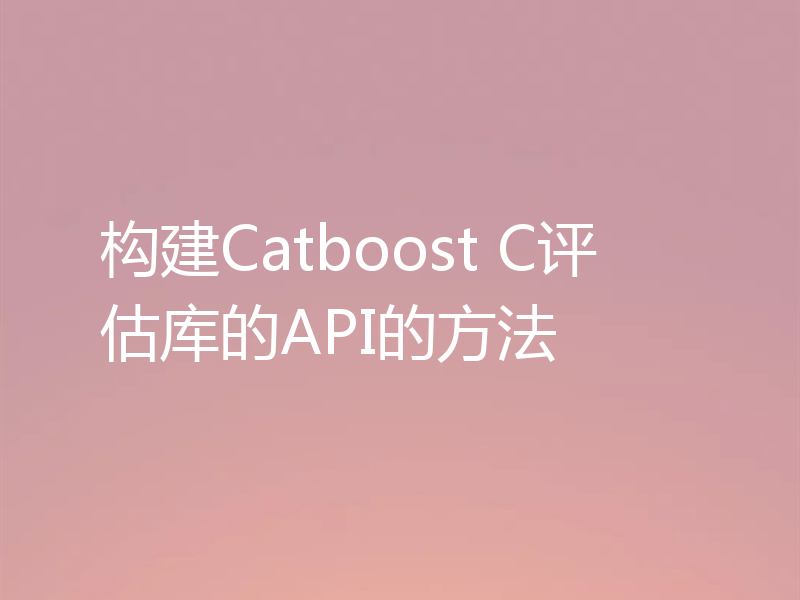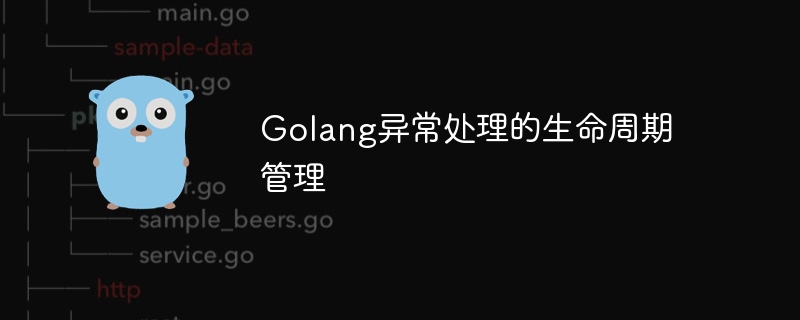模型 account 包含嵌套结构 - currency 和 user
当我在数据库中创建 account 的新实例,然后在响应中返回它时,嵌套实体为空:
type account struct {
basemodel
name string `gorm:"size:64;not null" json:"name"`
balance decimal.decimal `gorm:"type:decimal(16, 2);default:0;not null;" json:"balance"`
userid int `gorm:"not null" json:"-"`
user user `gorm:"foreignkey:userid" json:"user"`
currencyid int `gorm:"not null" json:"-"`
currency currency `gorm:"foreignkey:currencyid" json:"currency"`
}
type createaccountbody struct {
name string `json:"name" binding:"required"`
balance decimal.decimal `json:"balance"`
currencyid int `json:"currency_id" binding:"required"`
}
func createaccount(ctx *gin.context) {
body := createaccountbody{}
if err := ctx.bind(&body); err != nil {
log.println("error while binding body:", err)
ctx.json(
http.statusbadrequest,
gin.h{"error": "wrong request parameters"},
)
return
}
account := account {
name: body.name,
balance: body.balance,
currencyid: body.currencyid,
userid: 1,
}
if result := db.db.create(&account); result.error != nil {
log.println("unable to create an account:", result.error)
}
ctx.json(http.statuscreated, gin.h{"data": account})
}
为了避免此问题,我使用单独的查询刷新帐户变量:
db.DB.Create(&account)
db.DB.Preload("User").Preload("Currency").Find(&account, account.ID)
ctx.JSON(http.StatusCreated, gin.H{"data": account})
这是达到预期结果的最有效、最正确的方法吗?
我将与您分享我通常是如何处理这种情况的。首先,让我分享一下代码。
main.go 文件package main
import (
"context"
"gogindemo/handlers"
"github.com/gin-gonic/gin"
"gorm.io/driver/postgres"
"gorm.io/gorm"
)
var (
db *gorm.db
ctx *gin.context
)
func init() {
dsn := "host=localhost user=postgres password=postgres dbname=postgres port=5432 sslmode=disable"
var err error
db, err = gorm.open(postgres.open(dsn), &gorm.config{})
if err != nil {
panic(err)
}
db.automigrate(&handlers.currency{})
db.automigrate(&handlers.user{})
db.automigrate(&handlers.account{})
}
func adddb() gin.handlerfunc {
return func(ctx *gin.context) {
ctx.request = ctx.request.withcontext(context.withvalue(ctx.request.context(), "db", db))
ctx.next()
}
}
func main() {
db.create(&handlers.user{id: 1, name: "john doe"})
db.create(&handlers.user{id: 2, name: "mary hut"})
db.create(&handlers.currency{id: 1, name: "eur"})
db.create(&handlers.currency{id: 2, name: "usd"})
r := gin.default()
r.post("/account", adddb(), handlers.createaccount)
r.run()
}
在这里,我刚刚添加了用于引导数据库对象的代码并向其中添加了一些虚拟数据。
handlers/handlers.go 文件package handlers
import (
"net/http"
"github.com/gin-gonic/gin"
"github.com/shopspring/decimal"
"gorm.io/gorm"
)
type User struct {
Id int
Name string
}
type Currency struct {
Id int
Name string
}
type Account struct {
Id int
Name string `gorm:"size:64;not null" json:"name"`
Balance decimal.Decimal `gorm:"type:decimal(16, 2);default:0;not null;" json:"balance"`
UserID int `gorm:"not null" json:"-"`
User User `gorm:"foreignKey:UserID" json:"user"`
CurrencyID int `gorm:"not null" json:"-"`
Currency Currency `gorm:"foreignKey:CurrencyID" json:"currency"`
}
type CreateAccountBody struct {
Name string `json:"name" binding:"required"`
Balance decimal.Decimal `json:"balance"`
CurrencyID int `json:"currency_id" binding:"required"`
}
func CreateAccount(c *gin.Context) {
db, ok := c.Request.Context().Value("DB").(*gorm.DB)
if !ok {
c.JSON(http.StatusInternalServerError, gin.H{"error": "internal server error"})
return
}
var accountReq CreateAccountBody
if err := c.BindJSON(&accountReq); err != nil {
c.JSON(http.StatusBadRequest, gin.H{"error": "wrong request body payload"})
return
}
// create Account & update the "account" variable
account := Account{Name: accountReq.Name, Balance: accountReq.Balance, CurrencyID: accountReq.CurrencyID, UserID: 1}
db.Create(&account).Preload("Currency").Preload("User").Find(&account, account.Id)
c.IndentedJSON(http.StatusCreated, account)
}
在此文件中,我实际上通过在 context 中传递的 db 与数据库进行通信。现在,回到你的问题。
如果 currency//account 和 user/account 之间的关系是 1:1 类型,那么,您应该依赖 preload 子句。这将在单独的查询中加载相关实体,而不是将其添加到 inner join 子句中。
请告诉我这是否解决了您的问题,谢谢!





